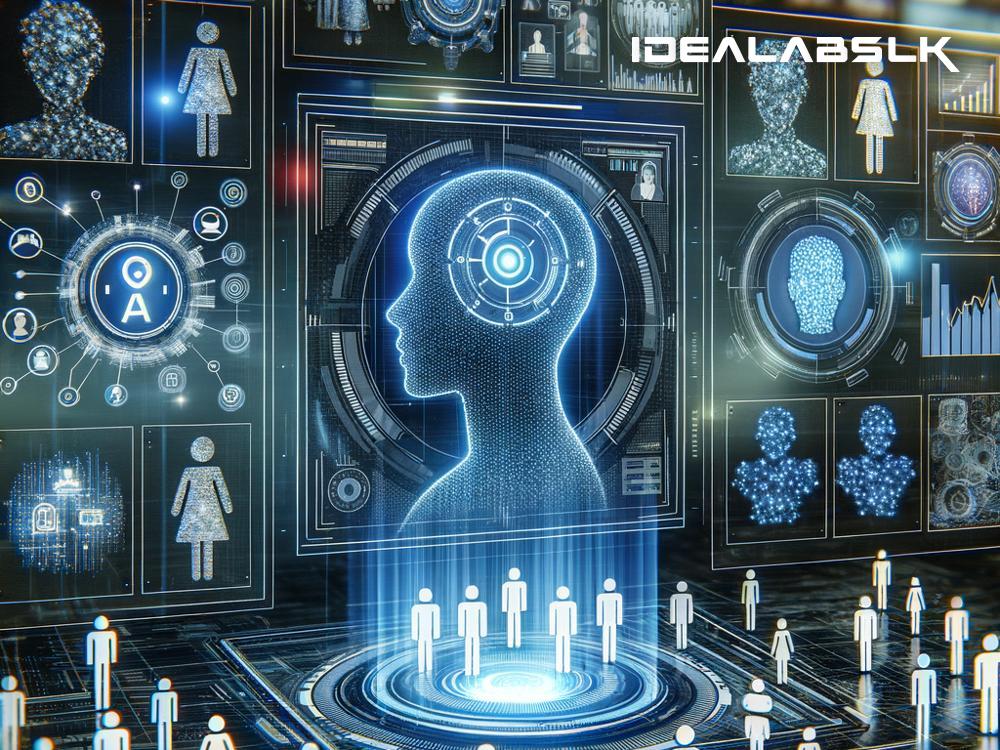Unlocking the Future of Workforce Management with Predictive AI
In an ever-evolving workplace, businesses are constantly looking for ways to stay ahead of the curve. One of the most groundbreaking advancements in recent years is the use of Predictive Artificial Intelligence (AI) in managing the workforce. This technology might sound complex, but at its core, predictive AI in workforce management is all about using smart algorithms to foresee future staffing needs, predict potential problems, and suggest solutions before issues arise. Let's simplify this concept and explore how it's changing the game for businesses around the world.
What is Predictive AI?
Before we dive into its role in workforce management, it's essential to understand what predictive AI is. Imagine having a crystal ball that could give you insights into the future. Predictive AI is somewhat like that crystal ball, but grounded in data and algorithms. It analyzes historical data and current trends to make predictions about future events. By learning from past patterns, it can forecast outcomes with a significant level of accuracy.
Predictive AI in Workforce Management: How Does It Work?
In workforce management, predictive AI takes into account various data points, such as employee performance, workload trends, leave records, and even external factors like market demands or seasonal variations in business. It processes this data to predict future staffing needs, identify when and where there might be a shortfall or surplus of staff, and foresee potential challenges in meeting project deadlines or business goals.
-
Forecasting Staffing Needs: Predictive AI analyzes past staffing patterns and current trends to predict how many employees will be needed in the future. This helps businesses in planning their hiring processes well in advance, ensuring they are neither understaffed nor overstaffed.
-
Predicting Employee Performance and Retention: By examining historical performance data and other metrics, predictive AI can identify which employees are likely to excel and who might need additional training. It can also forecast potential turnover, allowing companies to take preemptive action to retain talent.
-
Optimizing Employee Schedules: Predictive AI can anticipate busy periods and suggest optimal scheduling to ensure that the workforce is efficiently utilized, balancing the workload across the team and preventing burnout.
-
Enhancing Training and Development: With insights into future industry trends and job roles, predictive AI can guide organizations in developing targeted training programs, ensuring that employees are well-prepared for what's coming.
The Benefits of Using Predictive AI in Workforce Management
Employing predictive AI in managing your workforce can bring about several key benefits, significantly enhancing operational efficiency and employee satisfaction.
-
Increased Efficiency: By accurately forecasting staffing needs, companies can avoid the pitfalls of being understaffed during critical times or wasting resources on unnecessary overtime.
-
Better Employee Retention: Predictive AI allows for a more personalized approach to employee management. By understanding individual performance trends and potential dissatisfaction, companies can address issues before they lead to turnover.
-
Cost Savings: Efficient staffing and improved employee retention lead to significant cost savings. Reduced turnover costs and optimal use of resources contribute directly to the bottom line.
-
Future-Ready Workforce: With insights into future trends and skills requirements, companies can prepare their workforce for what's next, ensuring they remain competitive in a rapidly changing market.
Real-World Examples
Several industries are already reaping the benefits of integrating predictive AI into their workforce management strategies. Retail giants use it to predict peak shopping times and ensure they have enough staff on the floor. Manufacturing companies forecast demand for their products and adjust their workforce accordingly to meet production needs without overburdening their employees. In the healthcare sector, predictive AI helps manage staffing levels in response to patient care demands, ensuring optimal patient-to-staff ratios for high-quality care.
In Conclusion
Predictive AI is revolutionizing the way businesses approach workforce management. By leveraging data to foresee future needs, companies can make informed decisions that not only improve operational efficiency but also enhance employee satisfaction and retention. As predictive AI technology continues to evolve, it paves the way for a more dynamic, responsive, and efficient workforce management strategy, future-proofing businesses in the ever-changing landscape of work.
Embracing predictive AI in workforce management is not just about staying ahead in the game; it's about creating a more agile, efficient, and forward-thinking workplace that's ready to face the challenges of tomorrow.

